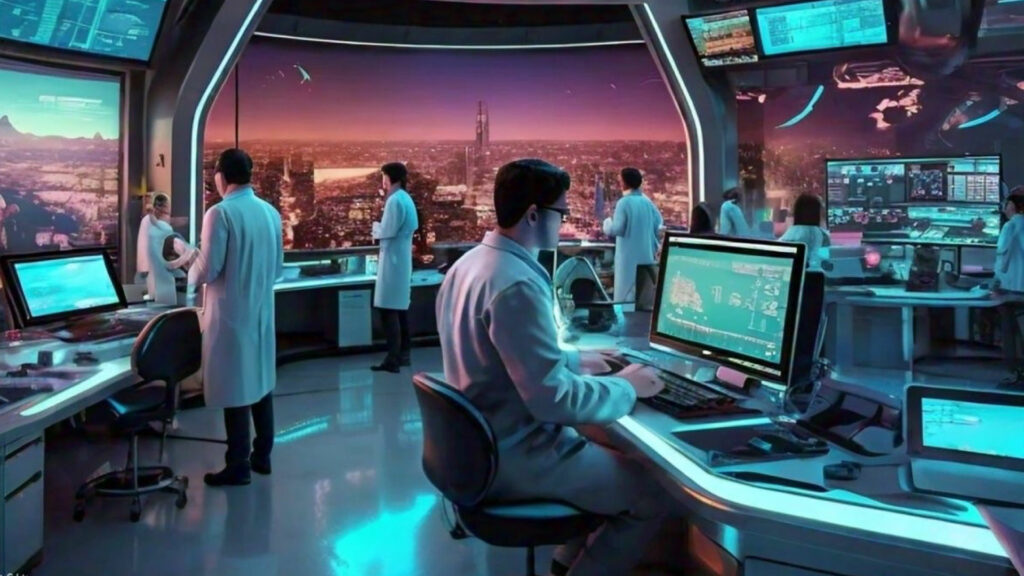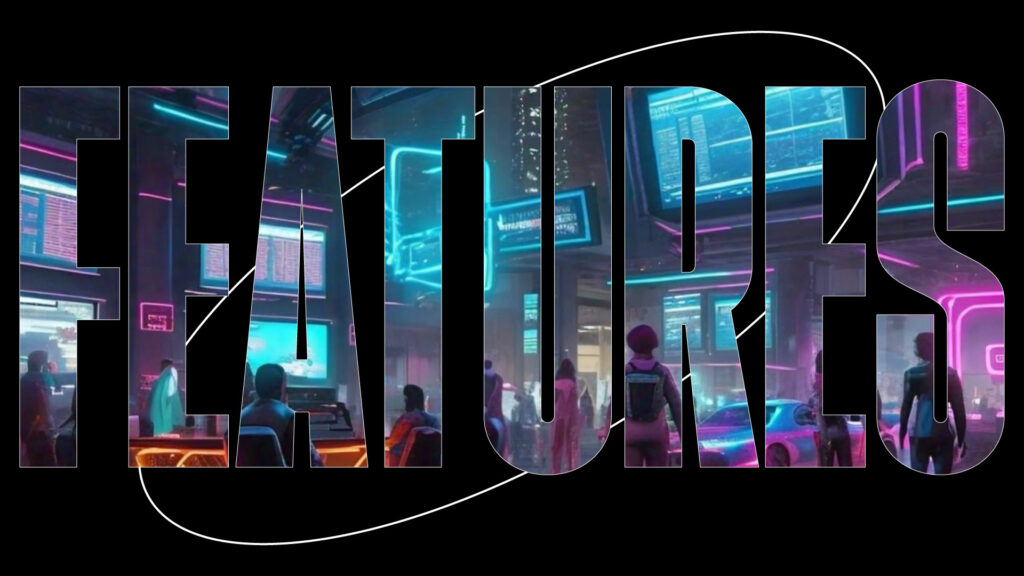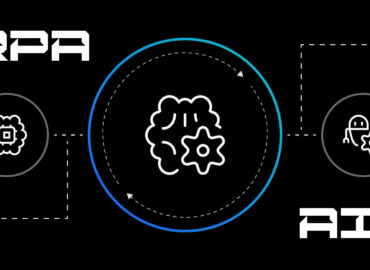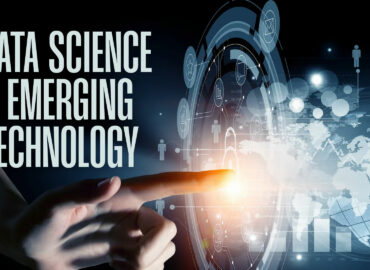Metaverse: Its Trends and Future
What is Metaverse?
The news regarding Metaverse was hyped when Mark Zuckerberg announced his plans to launch Metaverse and how it would be the future of technology. There is confusion as to what the metaverse is and how it will improve the digital experience. The metaverse is a spatial platform that mimics the real world. It is an alternate reality computing platform where multiple social interactions, like trading, property ownership, gaming, etc. Tech giants such as Facebook, Microsoft, Google, etc. are investing in Metaverse, as its market value is said to grow up to $800 billion by 2024.

How does Metaverse work?
The metaverse is a three-dimensional world where people can have real-time experiences with each other. This cutting-edge technology allows its users to collaborate through virtual reality headsets, smart glasses, and applications around the globe. In its conceptual design, Jon Radoff presented a seven-tiered layout to understand the workings of the metaverse. Each layer performs its own distinct function and helps us understand the overall function of the metaverse. These layers are discussed as follows:
1. Experience
The current technology provides a two-dimensional (2-D) experience and puts many physical limitations on its users. The metaverse will shed this barrier and provide a more realistic, three-dimensional online experience.
2. Discovery
This layer is closely tied to marketing purposes and the user experience. Inbound and outbound discovery lets the user discover advertisements via search engines, online content, notifications, etc.
3. Creator Economy
The metaverse is also economy-specific, as it plays a key role in generating profits. The content creator market is a multimillion-dollar industry and any new platform is empty without including it. Each creator brings its audience to the new platform and both parties benefit from this bargain.
4. Spatial Computing
This feature creates an amalgamation of virtual reality and augmented reality. Specialized hardware and software are designed to include human interface, geospatial mapping, biometrics, voice and facial recognition, etc.
5. Decentralization
The foundational basis of the metaverse is blockchain technology, which will make it an independent platform. This will enhance data security and privacy to enhance the user experience. It will provide a more smooth transaction of information and further processes.
6. Human Interfacing
The human interface creates an interaction between the spatial world and humans. The hardware layer enables this interaction and presents human interaction like an avatar in a 3D world.
7. Infrastructure
The technological infrastructure is complexly built to handle all kinds of functions. It enables 5G and 6G computing, display technology, artificial intelligence, 3D technology, etc. Each and every layer is centred and dependent on this layer to run smoothly.

Features of Metaverse
The metaverse is designed with multiple features, taking technology and human experience to another level. Some of these exquisite features are as follows:
1. Avatar
An avatar is a digital presence in the 3D metaverse. It is a person’s identity and will communicate and take action on your behalf. Each person can design their own avatar, giving them the autonomy to modify it as they like.
2. AR and VR Experience
There will be a mixed reality experience for users with augmented reality (AR) and virtual reality (VR). There will be a real-time virtual environment, which will bring virtual activities like gaming, concerts, and educational experiences closer to reality.
3. Decentralization
Metaverse is founded on blockchain technology, which decentralizes the whole platform. This secures the data and guards the digital assets of the owner. This will make the digital experience better without any security threats or data breaches.
4. Web3
Web3 is another emerging technology that will bring a whole new experience to the world of technology. In collaboration with Metaverse, these decentralized platforms will give users autonomy. Users will be in charge of their data and newly created assets.
5. Human-Computer Interface
The whole purpose of the metaverse is to formulate a platform where users from all over the world can interact more realistically. It has bridged the physical distance and provided a medium of communication in cyberspace.
Conclusion
The metaverse holds great promise for the future, as it has the capacity to transform the digital landscape. This new technology is creating a merger with other technologies such as AI, blockchain, and Web3 to enhance the diversity of the user experience. Hence, there is great potential in the metaverse to introduce new ways of human interaction, communication, content creation, and computing experience. Experts are making sure to make it accessible and scalable for common users so they can also benefit from this new technology.







